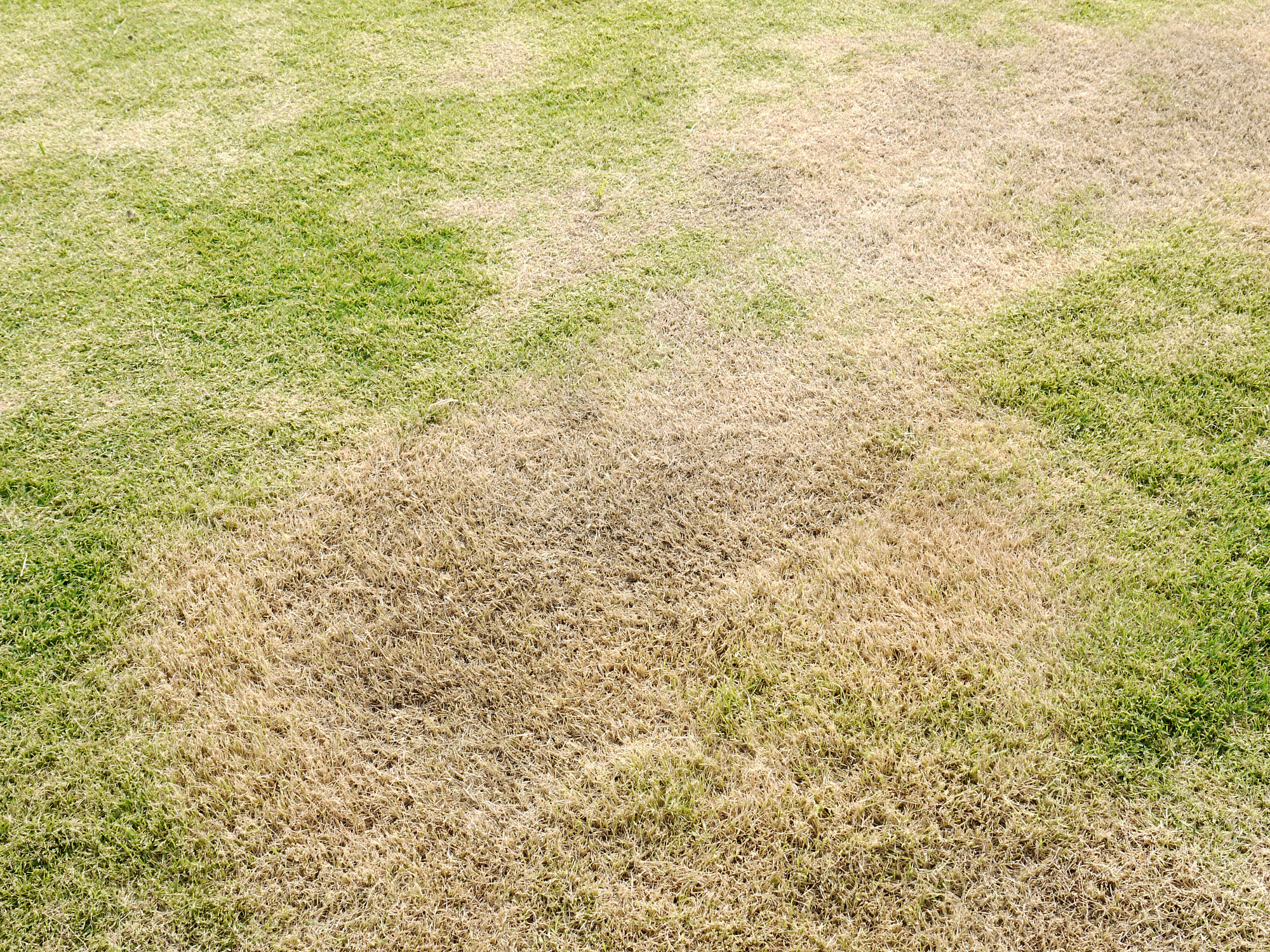Did you know that updating your landscaping can increase your home’s value by about ten percent?
Whether or not you plan to sell your home in the next year, dead grass is unsightly and, left unmanaged, can become an obstacle whenever you do decide to sell your property.
Thankfully, there are a few things you can do to get rid of dry patches on your lawn for good. Keep reading to learn how!
1. Identify the Cause of the Dead Grass
Before you start patching any dry spots on the lawn, determine what caused the dead lawn spots in the first place so that you can avoid having the same thing happen again in the future.
Has the grass died from lack of moisture or nutrients? Is it the wrong variety of grass for your climate, or have bugs and other pests eaten your grass? All of these causes require different solutions.
2. Treat the Lawn
If you’ve determined that pests were the cause of your dead lawn, start by spraying an appropriate pesticide on the affected areas of your lawn. Protect the plants and grass you want to keep by only spraying in a localized area.
And do your research first! Make sure you’re using an appropriate product for the job. For example, if the Eastern Lubber Grasshopper is the pest you’re dealing with, learn more about its lifecycle and how often to treat your lawn to get rid of it.
3. Remove the Thatch
Dethatching the lawn allows for moisture and nutrients to reach the roots of your grass, which lets it grow to be strong and healthy. If you’re redoing your whole lawn, you can rent or purchase a dethatcher that will allow you to do this quickly and easily. If you’re only fixing up a patch, a rake-like handheld dethatcher should be enough to get the job done.
4. Turn and Prepare the Soil
Wherever you plan to lay down new grass seed, turn the first few inches of topsoil over. If you determined that your dead grass was caused by a lack of nutrients, this is the time to add fertilizer to your soil and mix it in.
5. Plant the Seeds
Choose a grass variety that’s appropriate for your climate. Lay your grass seed down and cover it with straw, compost, or mulch to keep the moisture in the ground. If you did add fertilizer to the ground in the previous step, wait a day or two to ensure that the fertilizer isn’t too strong and won’t keep the grass seed from germinating.
6. Monitor for Growth and Maintain
Over the next couple of weeks, keep the grass seed covering moist, and make sure people and animals don’t walk on it. Slowly but surely, your grass seed will grow!
Once the grass does start growing, it will be delicate for a while. Avoid mowing more than a third of the new grass blades, as taking more than that away will stress your plants.
Revive Your Lawn Today
Now you know the basic steps for how to fix dead grass. Treating your lawn for pests, dethatching every once in a while, and keeping your lawn moist will have your grass growing and thriving for years to come!
Looking for more advice on how to spruce up your home and yard? Take a look at the other articles in the Home Repair section of our site!

